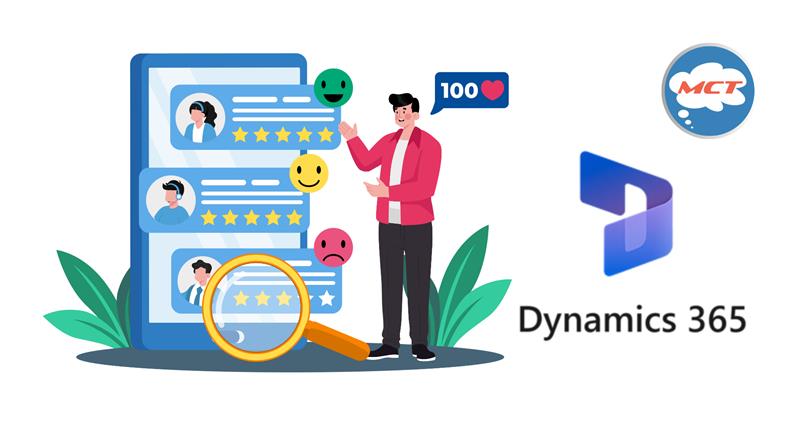
Let’s be real — in today’s market, happy customers are your best marketing team.
If they love you, they’ll talk about you. If they don’t, they’ll talk about you even more (and not in a good way).
So, the big question: How do you know if your customers are actually satisfied — and not just silently tolerating you?
If you’re using Microsoft Dynamics CRM, you already have a goldmine of data at your fingertips. The trick is knowing how to use it — not just for pretty dashboards, but for actionable insights you can actually do something with.
Here’s my step-by-step approach to measuring customer satisfaction effectively in Dynamics CRM.
Customer satisfaction is not a one-size-fits-all metric.
For some, it’s quick response times. For others, it’s repeat purchases or positive survey feedback.
Tip: Start by listing your top 3–5 satisfaction indicators. Examples:
- Net Promoter Score (NPS)
- Case resolution time
- Repeat purchase rate
- CSAT survey results
- Social sentiment score
Microsoft Dynamics integrates beautifully with Customer Voice, allowing you to send feedback surveys after specific triggers (like closing a case or completing a sale).
How to do it:
- Go to Customer Voice in Dynamics
- Create a survey template (CSAT, NPS, or custom)
- Link it to events in your CRM workflows
- Automate sending so you don’t have to manually track
This way, you’re capturing feedback in real-time — when it’s fresh in your customer’s mind.
Don’t make your team hunt for satisfaction data. Build automated reports that pull from survey results, case histories, and even call logs.
Example:
- A Power BI dashboard connected to Dynamics CRM that refreshes daily
- Filters by region, customer segment, or product type
- Flags any customer with low CSAT or NPS for immediate follow-up
Dynamics can integrate with AI tools to read between the lines of customer emails, chats, or feedback forms.
This can help you identify hidden frustration even in messages that sound polite.
Think of it as a “customer mood detector” that helps you step in before a small annoyance turns into a public complaint.
Collecting satisfaction data is useless if it just sits in a report.
Every low score should trigger a follow-up process:
- Assign a rep to call the customer
- Offer a resolution or goodwill gesture
- Log the outcome in Dynamics
Over time, this not only improves satisfaction scores but also builds customer trust.
Conclusion
Measuring customer satisfaction in Dynamics CRM isn’t about obsessing over numbers — it’s about creating a feedback loop that turns insights into action.
The good news? You don’t need a full-time data scientist to make this work. With the right setup, Dynamics CRM will do the heavy lifting — and you’ll spend your time where it matters: keeping customers happy.
Now I’m curious — how do you currently track customer satisfaction in your business?

